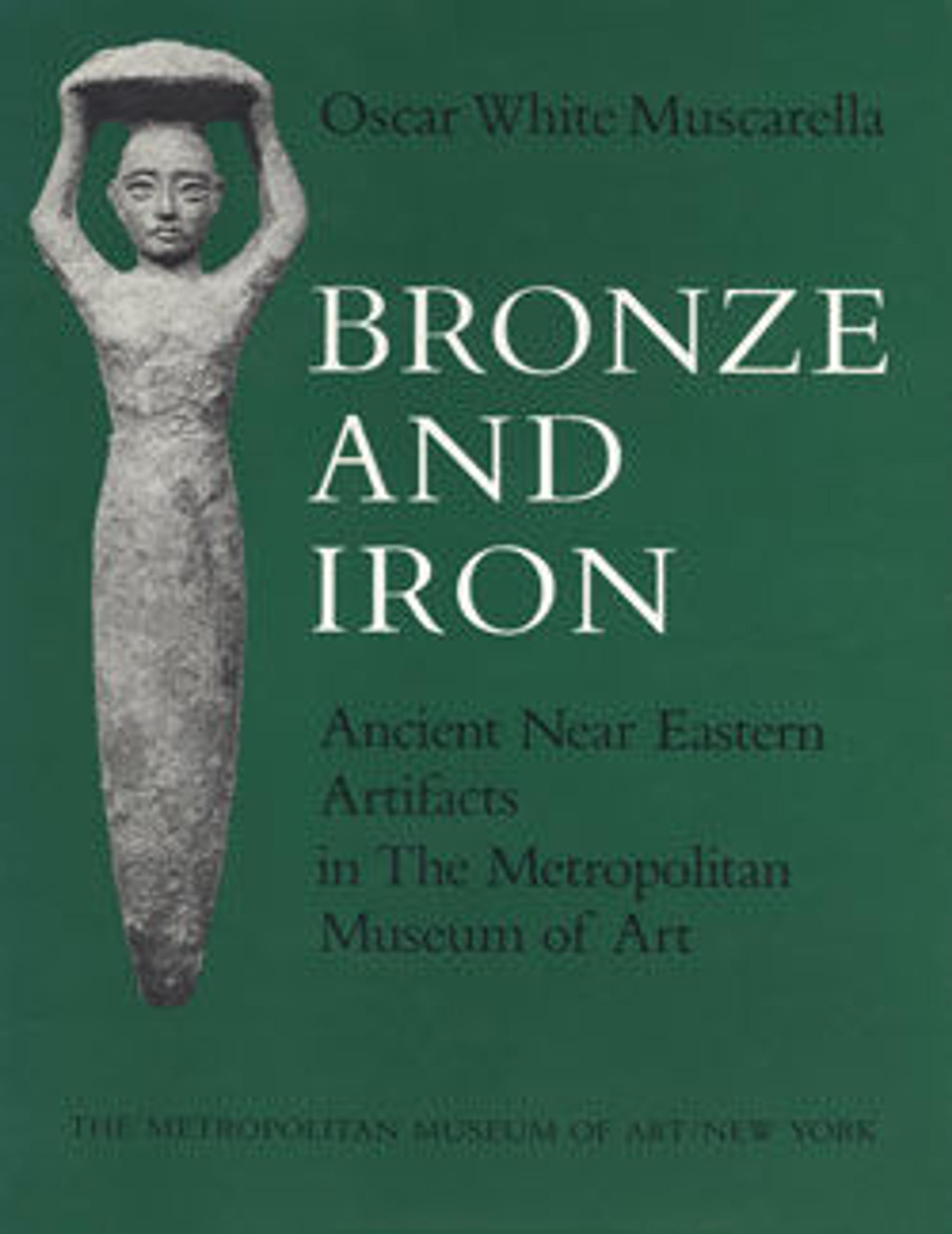Pin
This is the head of a bronze pin in the form of an animal’s head. The animal has a square snout, incised nostrils and eyes, pointed ears and curved horns. The head is connected to the shaft of the pin with a baluster.
This pin was excavated at Surkh Dum, a settlement site in Luristan in the Zagros Mountains of western Iran. It was part of a large hoard of objects buried beneath a doorjamb in a structure interpreted as a sanctuary; thus the objects were probably offerings made for a god. Such pins were probably used to fasten clothing and as objects of adornment in their own right.
This pin was excavated at Surkh Dum, a settlement site in Luristan in the Zagros Mountains of western Iran. It was part of a large hoard of objects buried beneath a doorjamb in a structure interpreted as a sanctuary; thus the objects were probably offerings made for a god. Such pins were probably used to fasten clothing and as objects of adornment in their own right.
Artwork Details
- Title:Pin
- Period:Iron Age III
- Date:ca. 8th–7th century BCE
- Geography:Iran, Luristan, Surkh Dum
- Culture:Iran
- Medium:Bronze
- Dimensions:1/2 × 2 5/8 × 3/8 in. (1.2 × 6.7 × 1 cm)
- Credit Line:Rogers Fund, 1943
- Object Number:43.102.20
- Curatorial Department: Ancient West Asian Art
More Artwork
Research Resources
The Met provides unparalleled resources for research and welcomes an international community of students and scholars. The Met's Open Access API is where creators and researchers can connect to the The Met collection. Open Access data and public domain images are available for unrestricted commercial and noncommercial use without permission or fee.
To request images under copyright and other restrictions, please use this Image Request form.
Feedback
We continue to research and examine historical and cultural context for objects in The Met collection. If you have comments or questions about this object record, please contact us using the form below. The Museum looks forward to receiving your comments.
